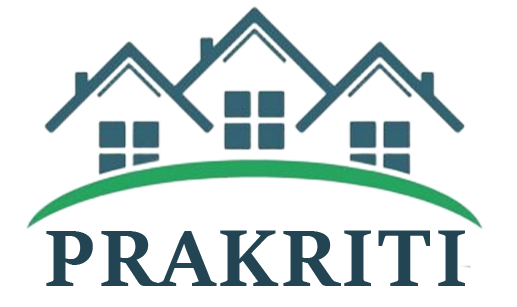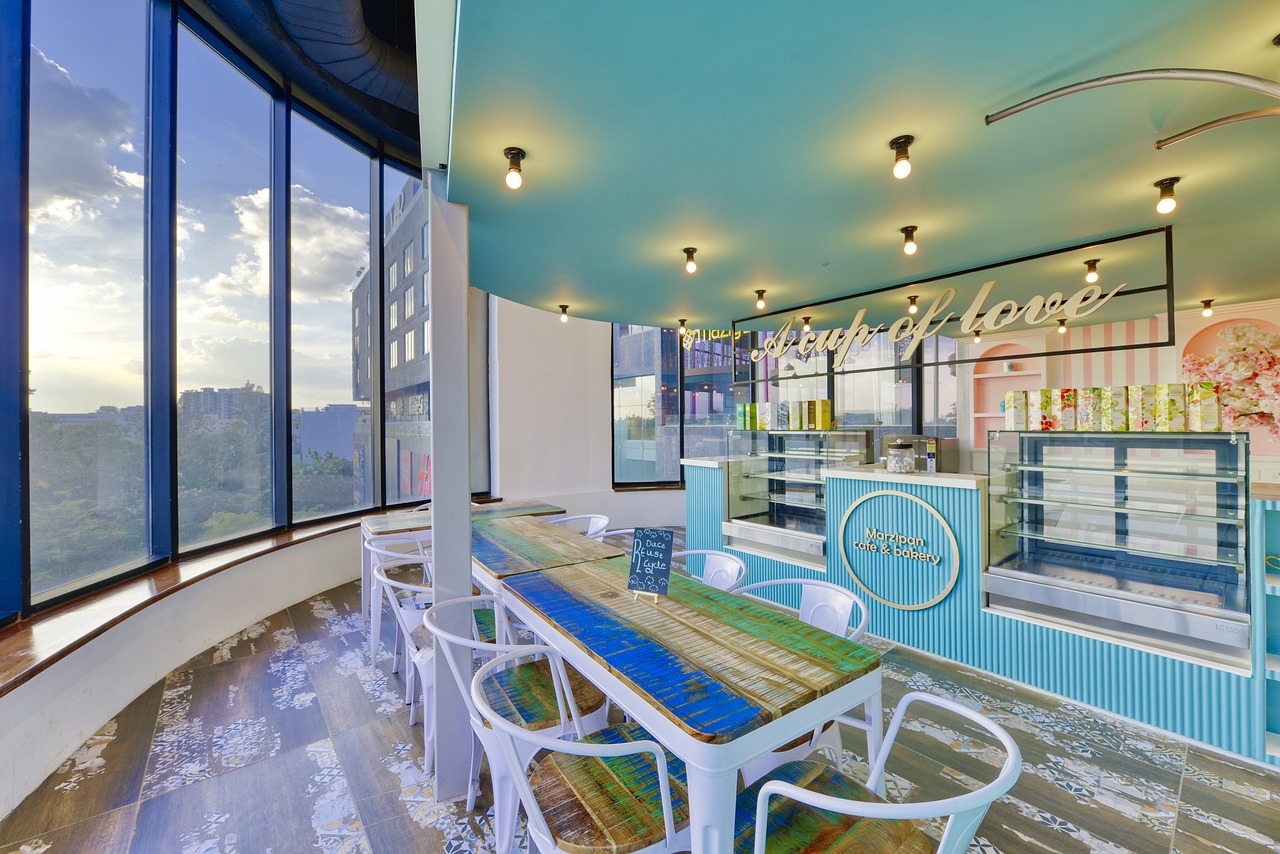
The Future of Interior Design: Trends to Watch in 2025
Interior design is evolving rapidly, incorporating technology, sustainability, and functionality. In 2025, the focus will be on sustainable materials, with eco-friendly wood, bamboo, and recycled elements becoming more popular. Smart home integration will dominate, featuring automated lighting, voice-controlled appliances, and energy-efficient designs.
Biophilic design—bringing nature indoors—will continue to rise, incorporating vertical gardens, large windows, and natural textures to create calming environments. Additionally, modular and multifunctional furniture will be in demand, optimizing space efficiency in urban homes and offices.
Minimalist luxury is another key trend, where sleek designs blend with rich textures like velvet and metal finishes. Personalized decor, 3D wall panels, and bold color palettes will also gain traction, making interiors more dynamic.
Businesses and homeowners should embrace these trends to create modern, functional, and stylish spaces.
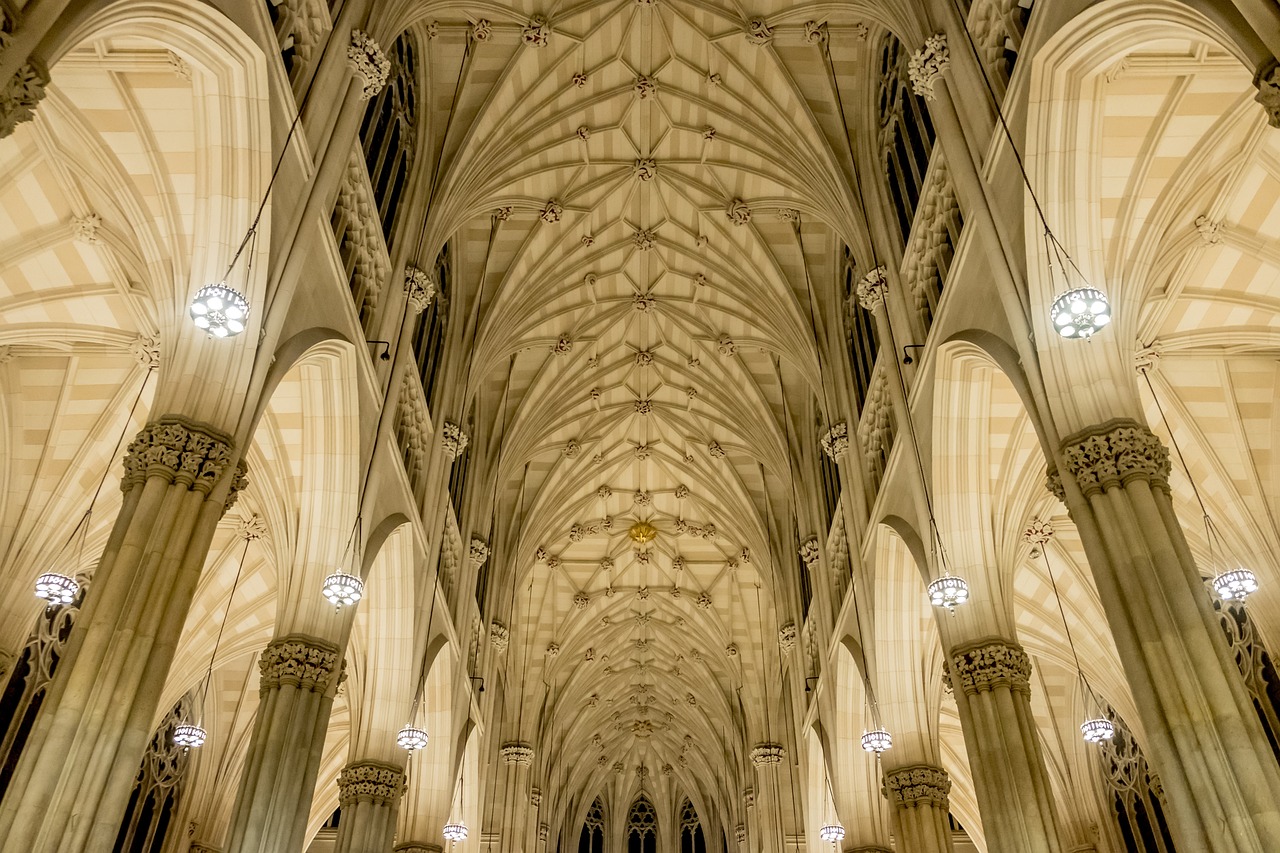
Choosing the Right False Ceiling for Your Space
False ceilings enhance aesthetics while improving insulation and lighting. The most common types include gypsum, PVC, MDF, and wooden panels.
Gypsum ceilings are lightweight, fire-resistant, and perfect for modern interiors. PVC ceilings are waterproof and ideal for humid areas like bathrooms and kitchens. MDF and wooden ceilings add warmth and elegance to luxury hotels, offices, and residences.
Advantages of false ceilings: ✔ Hides electrical wiring and ductwork ✔ Enhances soundproofing ✔ Improves lighting aesthetics ✔ Offers better thermal insulation
For a contemporary look, opt for cove lighting with LED strips. Geometric or decorative ceiling designs can elevate a space’s luxury appeal. Whether for a hotel, corporate office, or home, false ceilings add sophistication and functionality.
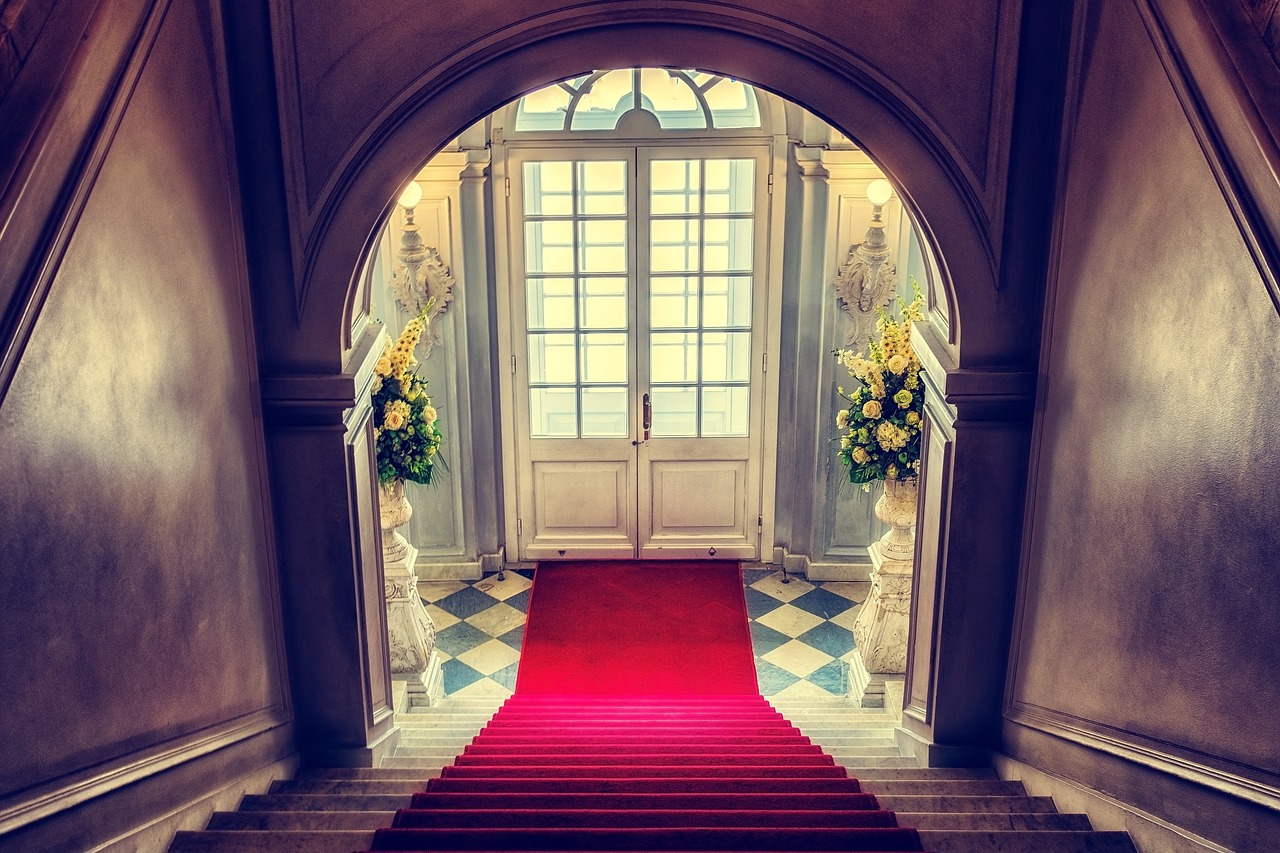
How to Select the Best Flooring for Commercial and Luxury Spaces
Flooring is the foundation of interior design, influencing aesthetics and durability. Popular choices include wooden, vinyl, marble, carpet, and epoxy flooring.
Wooden flooring offers timeless elegance, while vinyl flooring is cost-effective and moisture-resistant. Marble flooring adds luxury, making it ideal for hotels and banquet halls. Carpet flooring enhances warmth and comfort in corporate spaces, while epoxy flooring is best for industrial and commercial setups.
Factors to consider: ✔ Durability – Choose materials that withstand heavy foot traffic. ✔ Maintenance – Opt for easy-to-clean surfaces. ✔ Style – Match flooring with interior themes. ✔ Budget – Select high-quality materials within your budget.
Selecting the right flooring transforms any space, adding style, comfort, and longevity.
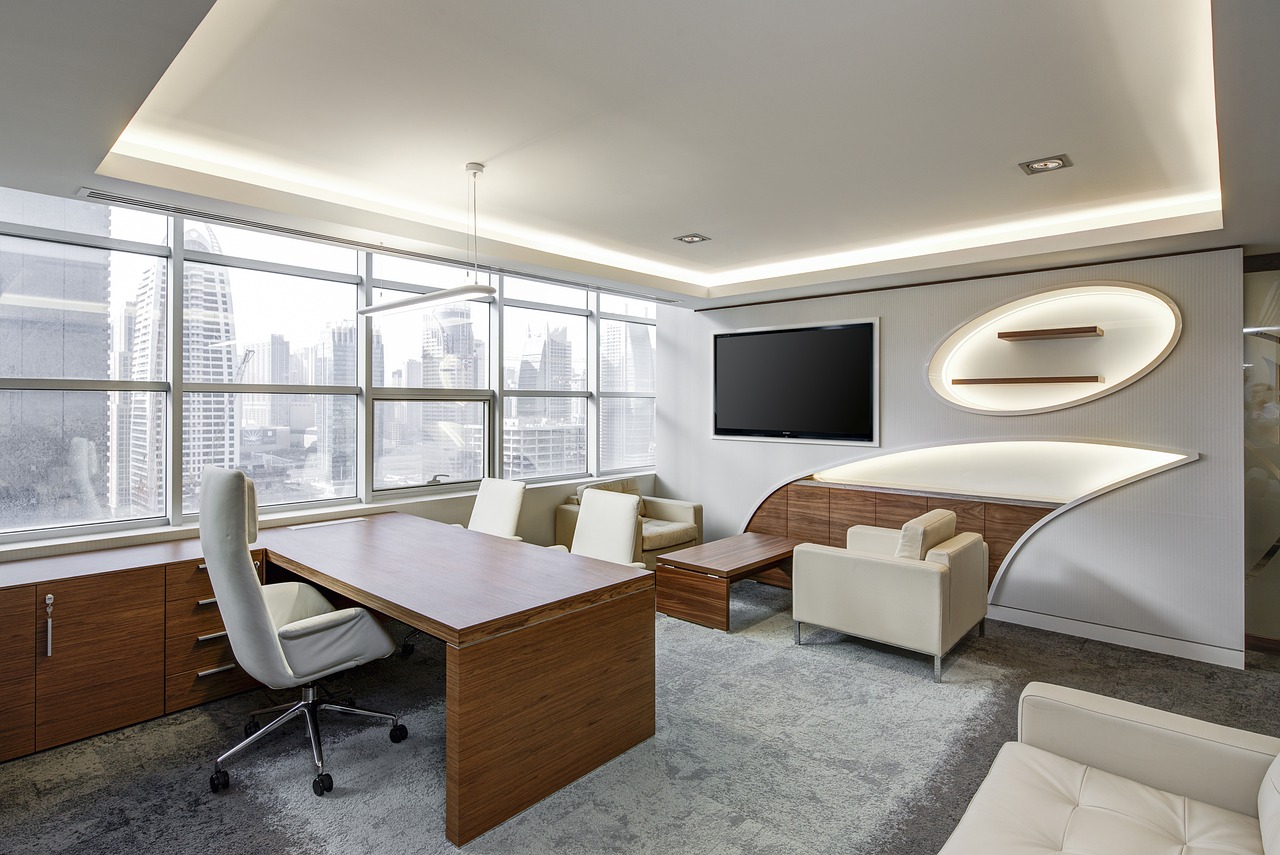
Enhancing Workspaces with Modular Furniture & Smart Office Design
Workplace interiors impact productivity and employee well-being. Modular furniture—such as ergonomic desks, adjustable chairs, and multifunctional storage units—enhances efficiency and comfort.
Modern offices now incorporate open-plan layouts, replacing cubicles with collaborative zones. Acoustic partitions provide privacy while maintaining an airy feel. Smart desks with wireless charging and integrated lighting boost functionality.
Benefits of modular furniture: ✔ Space optimization ✔ Increased productivity and comfort ✔ Easy adaptability for changing office needs ✔ Stylish and modern aesthetics
Companies investing in modular setups create dynamic, flexible, and inspiring work environments.
